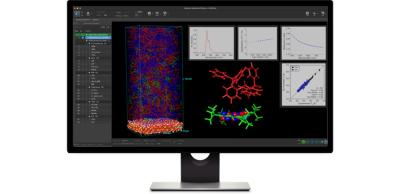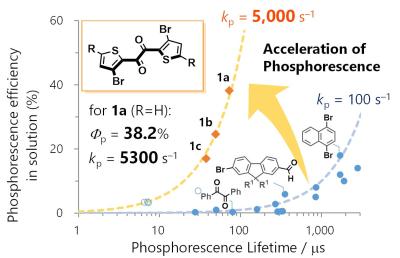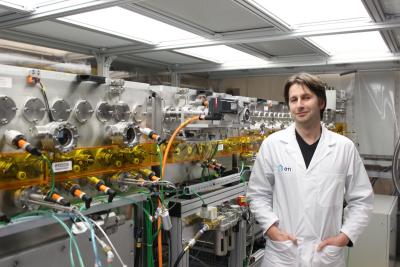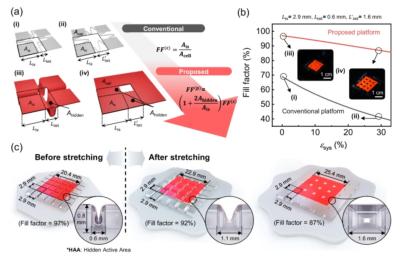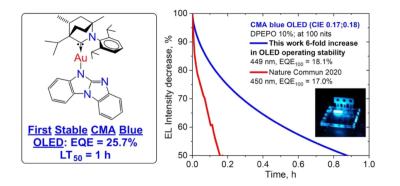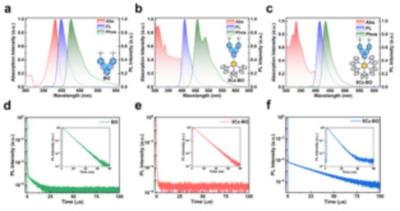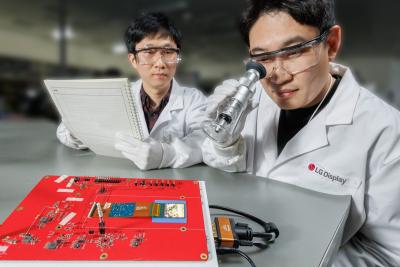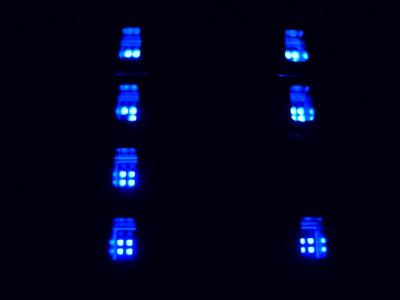DiaDEM: A Digital Discovery Platform for Organic Electronics - Become a Beta Tester and Secure Free Credits
DiaDEM is a platform to boost the development of organic electronics, providing a one-stop-shop solution from digital discovery to experimental verification. DiaDEM comprises an exhaustive database of materials with optoelectronic properties, advanced scientific models for refinement and direct link to the supply chain for efficient procurement of materials for in-house validation. The platform is now ready for beta testing and looking for beta-testers from both academia and industry. Sign up as beta-tester and secure your free DiaDEM credits.
The DiaDEM platform is developed in an EIC Transition-Open project (Grant Agreement No 101057564) by the University of Liverpool (UK), Nanomatch GmbH (Ger) and Mcule.com Kft. (HUN). DiaDEM revolutionizes R&D in organic electronics (OE) by providing a digital platform to rapidly identify molecules with the desirable combinations of properties and procure the materials for testing to solve three key challenges in OE R&D: (i) design of molecules is limited to chemical intuition and repeated trial & error, with no way to efficiently find materials with desired properties, (ii) there is no efficient way to assess if materials or combination of materials exhibit desired properties when embedded in a device; experimental investigation requires laborious synthesis, purification, device fabrication and measurement; application of advanced computational models requires high-level expertise in underlying science, command-line tools and high-performance computers, (iii) lack of immediate supply of identified candidates prevents rapid experimental validation.

